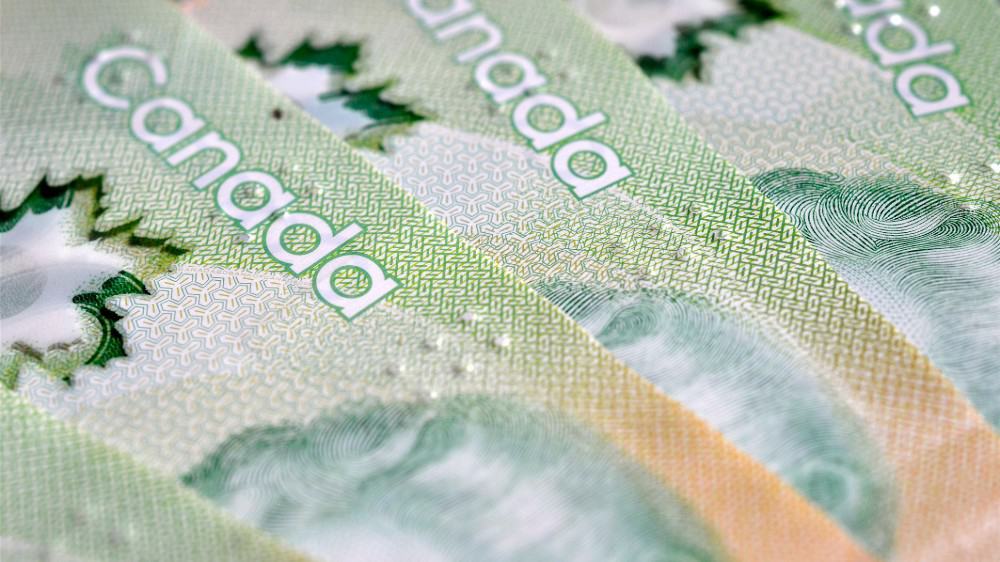The Canada Emergency Response Benefit (CERB) has been a wildly popular program that has cushioned the blow of this ongoing economic and health crisis. Over eight million Canadians received at least some CERB payments in recent months. Now the government is ending the program and planning a transition to alternatives, such as the Canada Recovery Benefit (CRB).
It seems like the perfect time to look back at this program, its new alternatives, and whether the government could afford to make any of these benefits either universal or permanent.
From CERB to CRB
As the name implies, the CERB was an emergency benefit. It was designed to cover as many people as possible as quickly as possible. Now that the panic is over, the government sees the need for a more targeted approach.
Expanding employment insurance through programs such as CRB, the Sickness and Caregiving Benefits reduces the amount of payments and eligibility. However, that probably makes the program more sustainable and more likely to become permanent.
Could this be permanent?
The CERB program is estimated to have cost the government $71.3 billion in total. That amount is 28% of the government’s entire budget in a normal year. So, making the CERB permanent doesn’t seem like a practical option.
However, newer programs like CRB are offered to fewer people and cost less. CRB offers $400 in weekly payments to a smaller portion of people who would have received CERB. That means the total cost of keeping these new programs running could be under 20% of the government’s annual budget in a post-crisis world.
By comparison, the government already spends 15.4% of the annual budget on elderly benefits. These new programs to cover self-employed workers and caregivers could be made extended or even made permanent if the economic recovery takes longer than expected.
Added security
The government’s generous benefit programs seem to have placed a floor on Canadian household finances. The next economic crisis shouldn’t be as concerning now. But for added security, you could invest in robust stocks like Fortis (TSX:FTS)(NYSE:FTS) to protect yourself and your family.
Fortis is one of the most reliable stocks on the Canadian stock market for two simple reasons: its business is essential, and the team is conservative with cash. Fortis pays out just half of what it earns in dividends. The rest is saved or reinvested in the business. That risk-averse policy has helped the company deliver dividend growth for 47 years.
Meanwhile, the business of supplying electricity is absolutely essential. Even during the recent pandemic, people paid their bills and kept their lights on at home. That makes Fortis’s cash flows robust and predictable.
If you receive CERB or CRB payments, consider setting aside a small portion of each payment every week. Deploy this excess cash in stocks like Fortis to secure your benefits beyond the government’s programs.
Government programs may or may not become permanent, but stocks like Fortis could help you secure your finances for the rest of your life.









